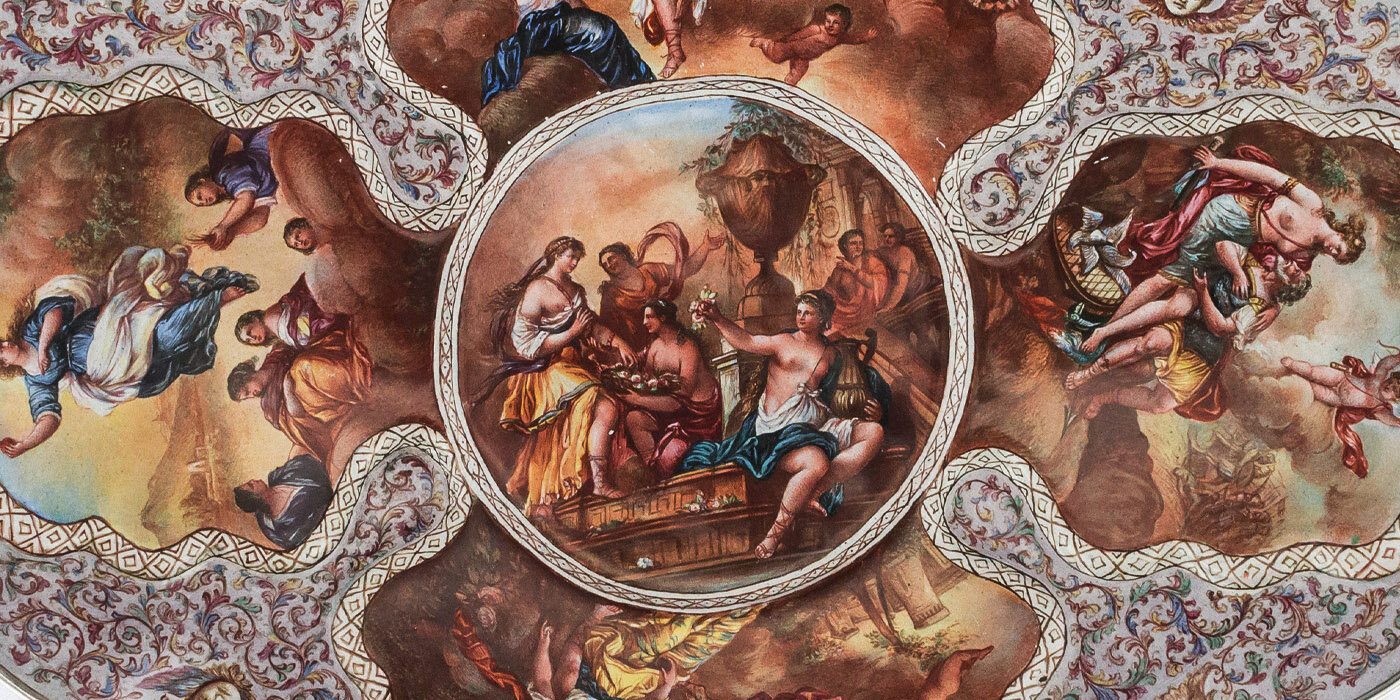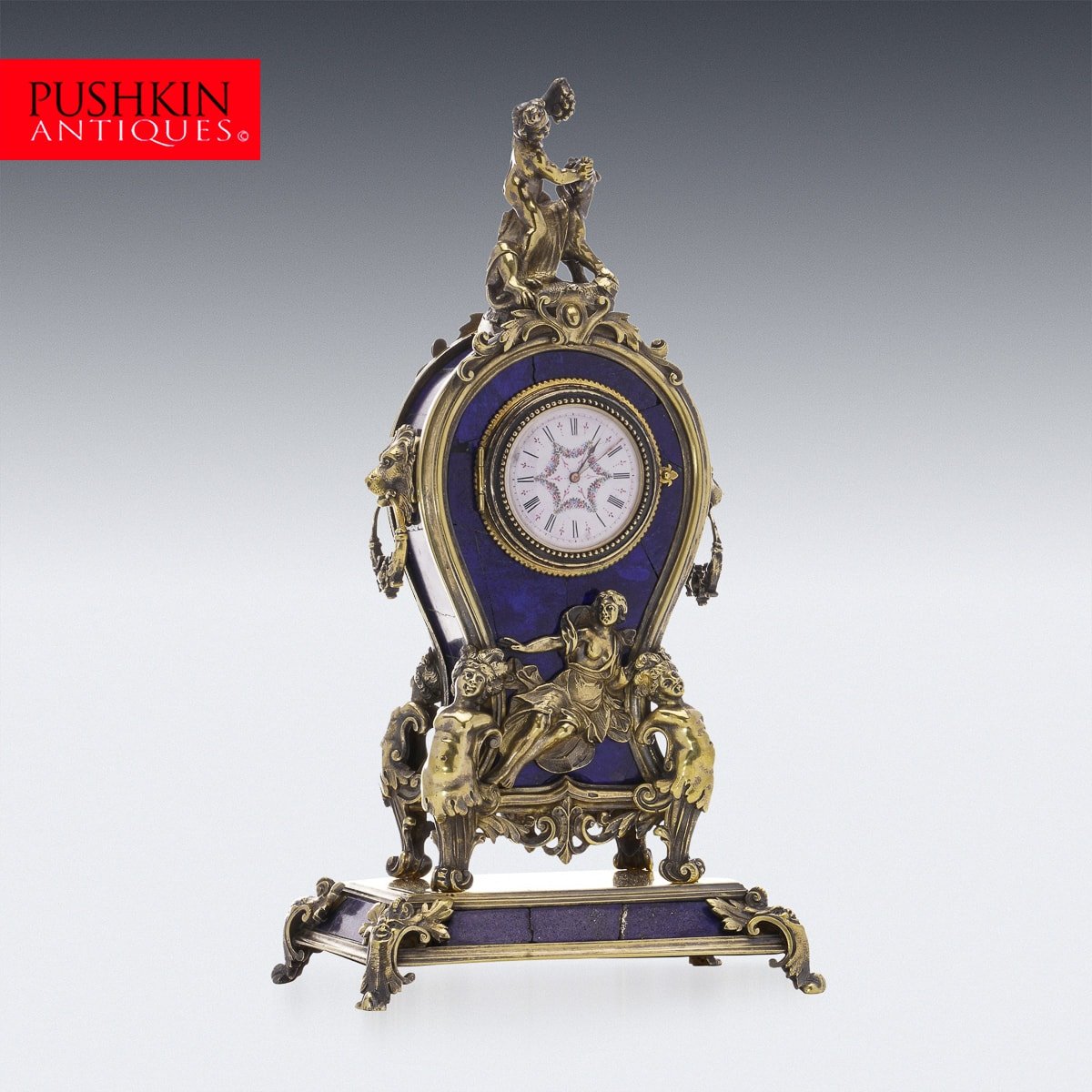
Austrian Silver
Austrian and Viennese enamel has a rich history dating back to the Middle Ages, reaching its peak in the late 19th and early 20th centuries. Known for its intricate craftsmanship and luxurious designs, this art form became a hallmark of the Austro-Hungarian Empire. Renowned workshops, such as those of Hermann Ratzersdorfer, Ludwig Politzer, Karl Bender, Hermann Bohm, Rudolf Linke and Klinkosch produced masterpieces that reflected the opulence and refined taste of the era. The process of enameling involved fusing powdered glass to metal substrates through intense heat, resulting in vibrant and durable decorative objects.
The techniques used in Viennese enamel, including cloisonné, champlevé, and painted enamel, required exceptional skill and precision. Artisans applied multiple layers of enamel, incorporating precious metals like gold and silver, and fired them at varying temperatures to achieve stunning colours and translucency. These exquisite pieces were highly sought after by European aristocracy and wealthy collectors, symbolizing status and sophisticated taste. Viennese enamel also mirrored broader artistic movements such as Rococo, Neoclassical, and Art Nouveau, contributing to its cultural and artistic significance.
Today, the legacy of Austrian and Viennese enamel continues to be celebrated and collected worldwide. The meticulous craftsmanship and historical narratives embodied in these pieces make them highly prized by collectors and museums. Contemporary artists and craftsmen draw inspiration from this tradition, ensuring its continued relevance. Viennese enamel remains a testament to Austria’s rich cultural history and enduring artistic innovation.













